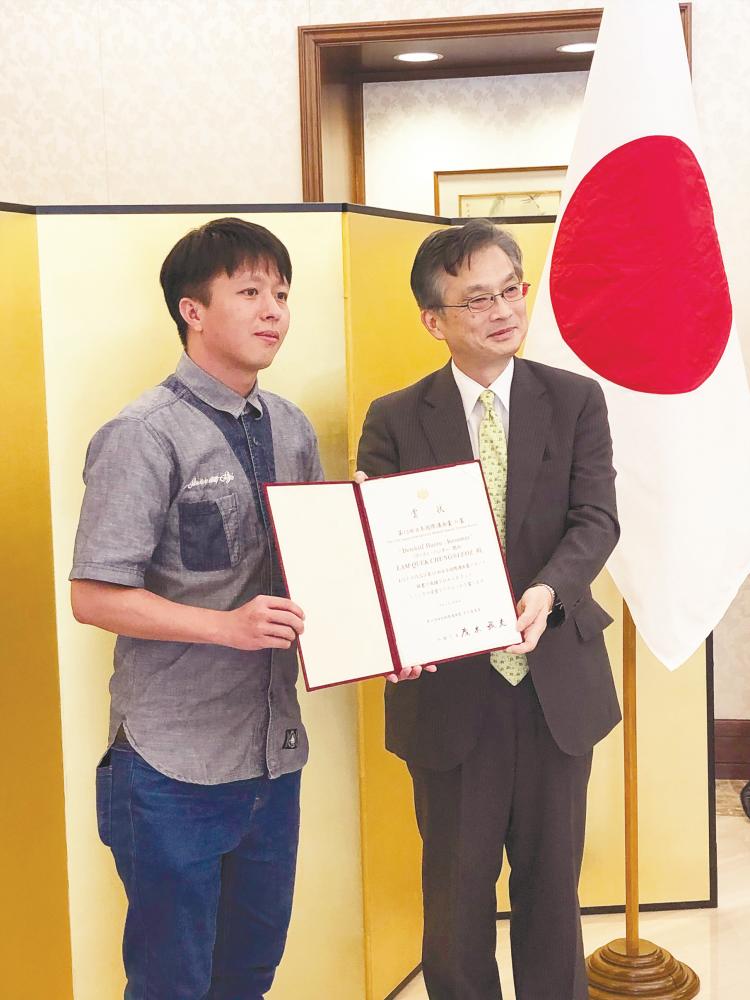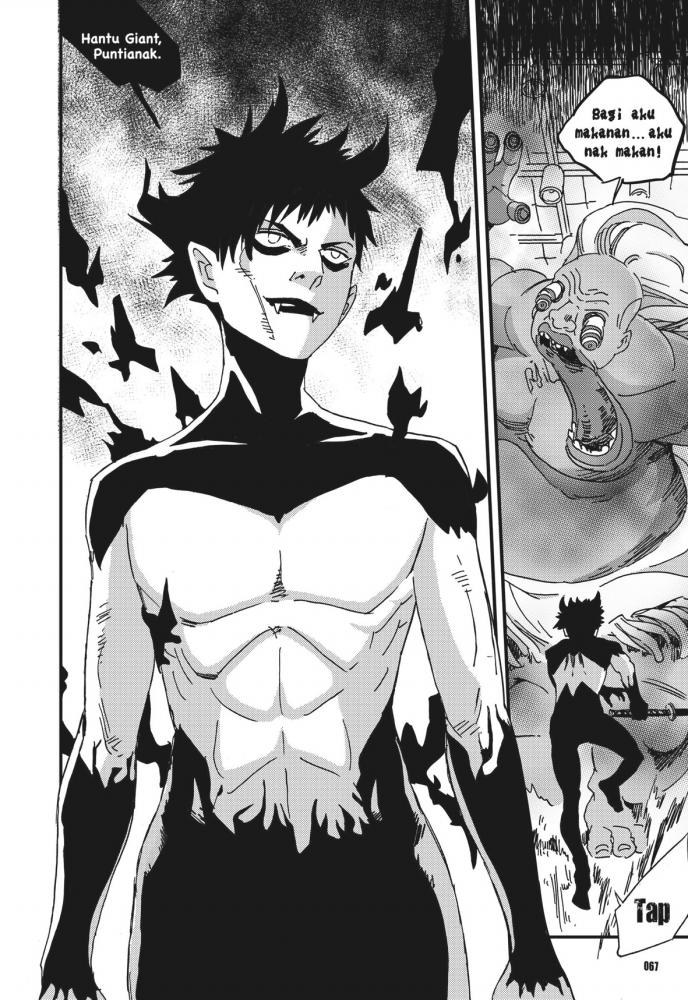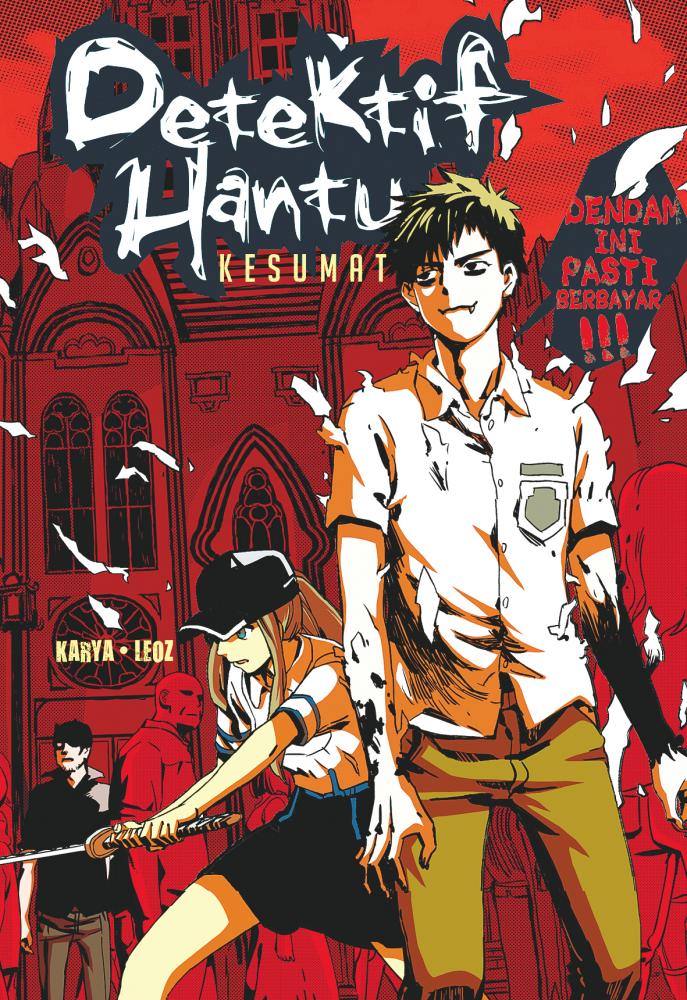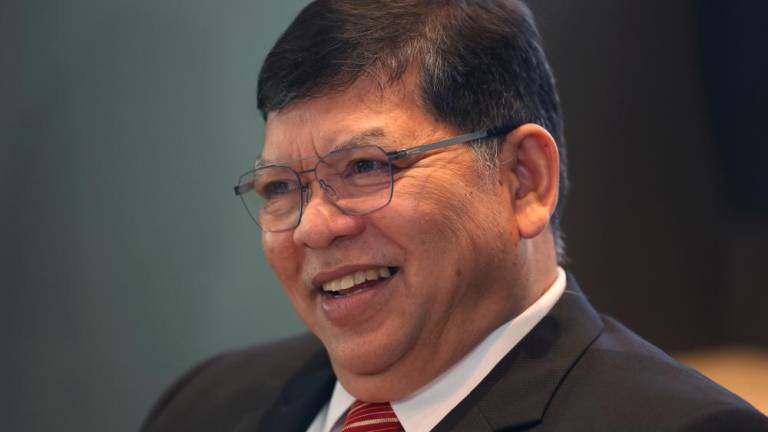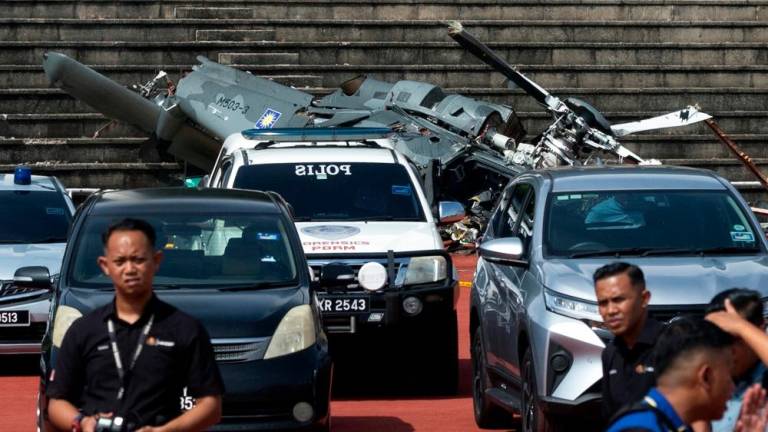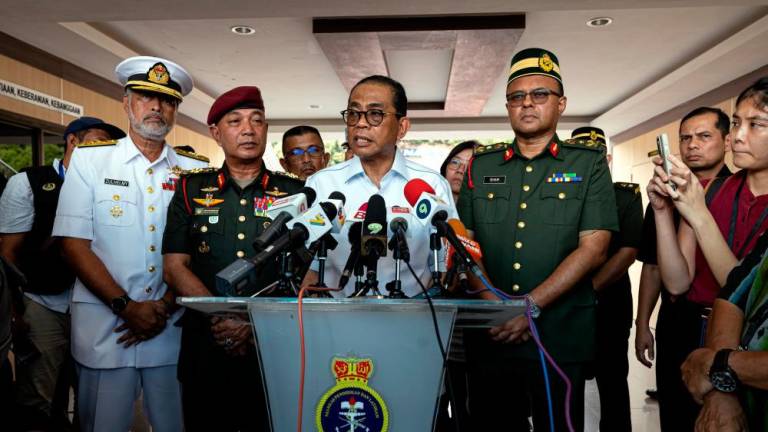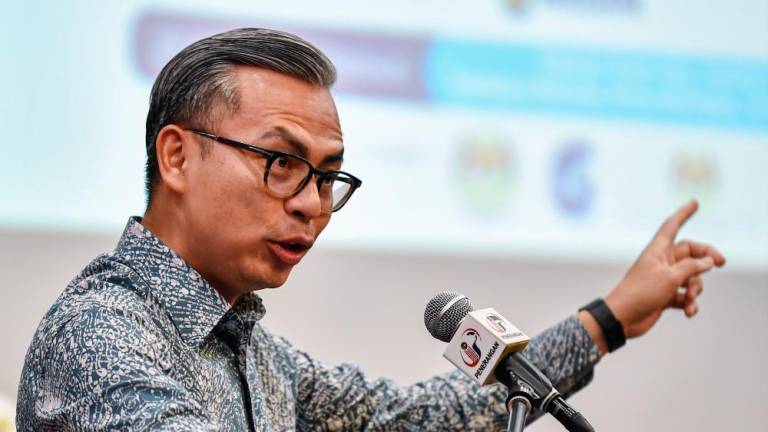Manga and anime has long been a vehicle of Japanese culture for many decades. In Malaysia, the style and format has influenced many local artists, who have utilised it for their own stories and art styles, often beginning from a very young age.
Most recently, Malaysian manga artist Lam Quek Chung won the bronze award at the 13th International Manga Award for his work on Detektif Hantu: Kesumat, a supernatural comic book that was published by Kadokawa Gempak Starz.
The International Manga Award is more often than not considered the premier prize for manga artists outside of Japan.
“I never furthered my education in college or university, I honed my art skills by learning from various art books, newspaper comic columns and video sources about drawing techniques from the Internet, including from Youtube,” explained Taiping-native Lam, who writes and draws under the pseudonym Leoz. “I also sought different opinions, as well as art knowledge from my friends.”
theSun caught up with the award-winning artist to talk more about himself and his win.
When did you first get into reading manga/comics, and how did it evolve into you becoming an artist?
“I have been reading comic books ever since I was in primary school. My first ever manga was the popular series Dragon Ball, which influenced many people. It was then that I continued to get interested in reading more and more comics, and started to love reading them too.
“At the same time, I also became interested in drawing because of the comics, and gradually I want to become a person who can express my own stories with my comics.”
Prior to Detektif Hantu: Kesumat, what other comics/mangas did you work on?
“The series Warm Hearts, published by Kadokawa Gempak Starz (KGS).”
Was there any expectation that Kesumat would win in something like the International Manga Award? How did the win make you feel?
“Actually, I never expected to win the award. KGS enters all the comic series in the International Manga Award every year, and we are not informed which comic will be participating, so I was very surprised when my comic editor broke the news to me that my comic had been chosen to participate, and that it later won the award.”
Did you write and draw Kesumat by yourself, seeing as only you are credited on the cover?
“This seems different compared to comics/graphic novels from the West, where writing, drawing, inking and so on is handled by different people.
“Every country has its own way of creating comics, and in Malaysia the artist is usually responsible for everything, from the concept of the story to the drawing.
“I have an assistant who occasionally helps me by drawing some of the backgrounds as I rush for my deadlines. The colouring part of the comic is handled by the others.”
Does Kesumat relate to the previous Detektif Hantu mangas, and how did you approach the storytelling in it?
“I created Detektif Hantu: Kesumat as a brand new story. The only thing I did was put the image of the protagonist into the story and make it have a certain connection with the original series.
“TOTORO, the author of Detektif Hantu, and I are both from Perak, and coincidentally, we were also both born on the same day.”
Who are the artists who inspired you?
“Masashi Kishimoto, a Japanese manga artist who created the popular manga Naruto. In terms of the drawing style, Naruto was a huge inspiration for me in becoming an artist myself.”
Do you have advice for the younger generation who might want to follow in your footsteps?
“I often encounter these kind of questions during interviews, and all I can say is: ‘Action beyond desire’.”



